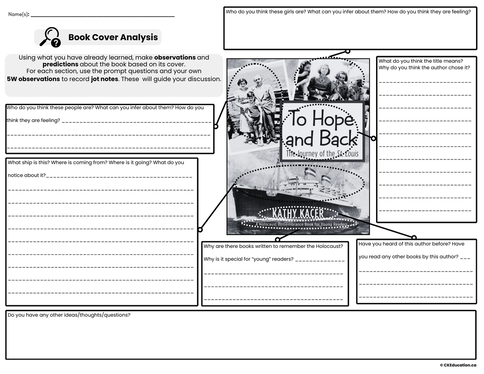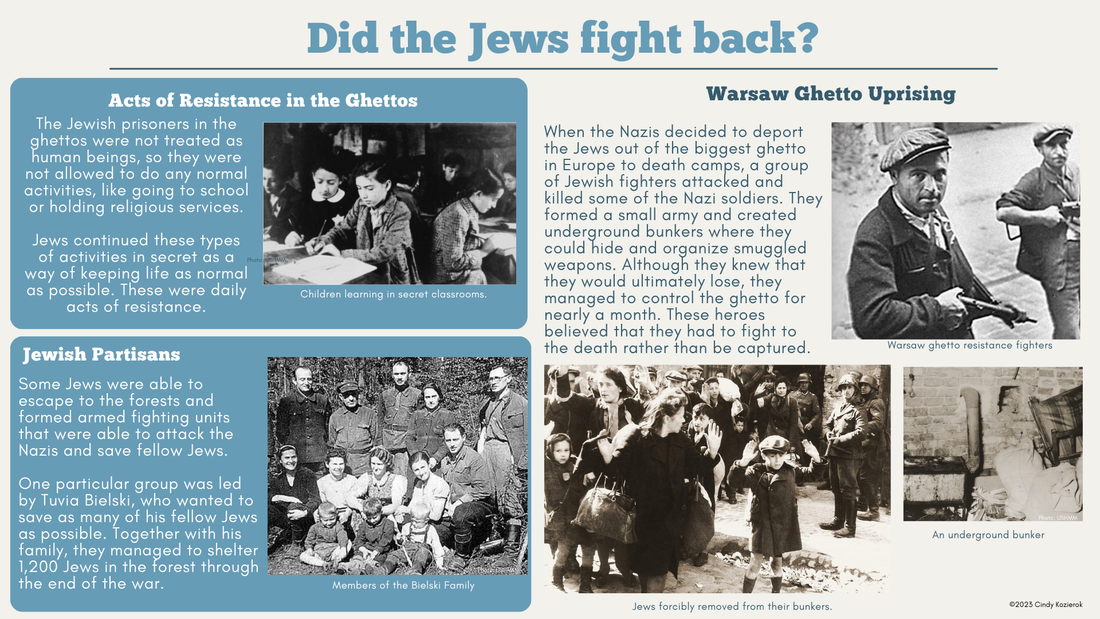Pre-Reading Activities: To Hope and Back
Lessons 1-2: Canada’s Immigration History: Introduction

Learning Goal:
Students will become acquainted with the multicultural nature of Canada and some of the lived experiences of people who have immigrated here.
Lesson:
I provide time for students to explore the magazines and have small group discussions about the information that is found within; I don’t assign any particular activities, because I just want them to spend some time learning about individual and group stories. I am also interested in where my students gravitate within the lesson. If you like, you can complete some of the activities found in the lesson plans and educational package.
Links: Canada’s History: Immigration History Educational Package
Files: Kayak Magazine: Seeking Safety Issue, Seeking Safety Lesson Plan
Lessons 3-5: Push and Pull Factors in Immigration: Journeys to Canada Series
Eastern European Experiences Video
Immigration between 1867 and 1914 resulted in an important period of population growth in Canada. Significant changes that occurred after Confederation made an immigration boom possible in the Prairies. Canada’s new transcontinental railway made travel across the country easier. The Dominion Lands Act of 1872 made free and fertile homesteads available for settlers. The Department of the Interior began working to attract hard-working immigrants to the Canadian prairies offering free land. Europeans, including Romanians, Hungarians, Ukrainians, Jews, Doukhobors and Mennonites were motivated to come to settle in the west, and begin farming. All was not easy!
This program examines the experiences of Chinese, Japanese and South Asian immigrants in Canada. These people ventured to Canada for various reasons including work, escaping war and poverty in their homeland and the lure of a young growing nation. Canada held hope with work on the railway, a gold rush and free land. This program investigates the ‘push’ and ‘pull’ factors that influenced their arrival here and the problems, including racism, they encountered.
Learning Goal:
Students will explore the reasons why people would choose to leave their home country (push factors) and why they choose Canada as their new home (pull factors).
Lesson:
There are 3 videos about 3 different groups of immigrants: Eastern European, Black, Asian. Share the Google Doc: Push and Pull Factors on Google Classroom (make a copy for each student). Watch each video, pausing as necessary to fill in the gaps and clarify information. After each video, students should fill in the chart for each of the sub-groups. I do this together as a class, and my students record their answers on their own forms.
NOTE: You will notice that the chart looks different for 2 of the groups in this section. It’s critical to explain that you can only have push/pull factors when an individual has freedom and can make their own choices. If a person is taken by force, as in the case of enslaved people, then they don’t have an opportunity to consider push/pull factors.
Lessons 6-8: Introduction to the Holocaust
Learning Goal:
Students will gain a basic understanding of the Holocaust through a historically-accurate and age-appropriate manner.
Lesson:
Using the presentation as a non-fiction book, I go through the information and have students follow along with Guided Notes. It’s important to spread this learning out over several lessons; it’s far too much to cover in 1 lesson.
Go to page: Introduction to the Holocaust for more information and to download materials.
Lesson 9: Antisemitism in Canada and the Holocaust

Learning Goal:
Students will contextualize the story of the St. Louis by demonstrating the antisemitism in Europe was also prevalent in Canada.
Lesson:
This is a 13 minute video and follow up discussion (can be whole class or small group)
LInks:
Canadian Museum for Human Rights: Canada, antisemitism and the Holocaust
Video:
Canada, Antisemitism and the Holocaust (scroll down)
Lesson 10: The Voyage of the St. Louis (Introduction)

Learning Goal:
Students will explore the story of the St. Louis through the testimony of Ana Maria Gordon, the last living survivor of the St. Louis living in Canada.
Lesson:
This is an Interactive map that explores Ana Maria Gordon’s Journey on the St. Louis. Students can explore individually or with a partner. This is a very rich resource, so you may wish to take more time with this.
Be sure to discuss the importance of real-life people and their testimony as a personal piece of history.
Note: Watch the TDSB’s webcast featuring Ana Maria Gordon from Friday, January 26, 2024 as part of the To Hope and Back Book Launch
Link:
TDSB Resource: Ana Maria Gordon’s Journey on the MS St. Louis
Lesson 11: Cover Analysis: To Hope and Back

Learning Goal:
Students will activate prior knowledge and engage in critical thinking as they prepare to read the book.
Lesson:
Students engage in an image analysis of the cover of the book using a handout. I have them do this in groups of 2 or 3. The handouts are available in 2 sizes for printing.
Handouts:










